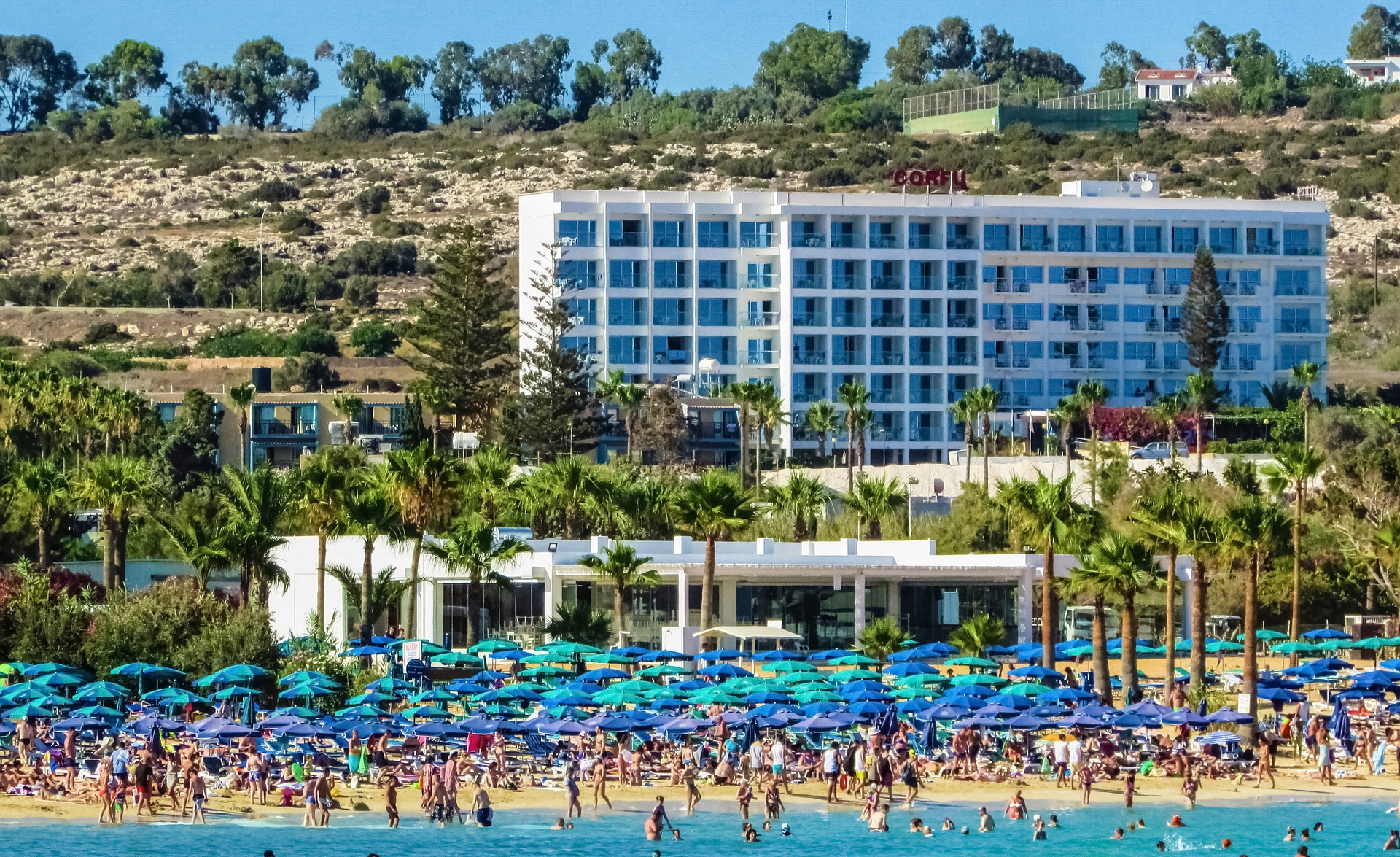Mass tourism is devastating the Pacific islands. From Thailand to Bali, there has been a real boom of visitors in recent years. However, it is not only the fault of Westerners. In fact, many of the tourists come from China and other developing countries.
The term overtourism refers to the overpopulation of tourists devastating fragile ecosystems. A study conducted by the Yale School of Forestry & Environmental Studies Explore Search assessed how tourism is driving sensitive ecosystems to the breaking point in several Asian countries. For this reason, some of them are trying to control the boom. For example, they restrict access to some areas to allow habitats and species (such as sharks and sea turtles) to rehabilitate.
The Environmental Impact of Mass Tourism
There are several reasons why mass tourism has a negative impact on the environment. One of them is the dumping of human waste directly into the ocean by ships, cruise ships and hotels. A government survey in the Philippines revealed that 716 out of 834 companies did not have waste water permits. As a result, they were discharging sewage and waste indiscriminately on the famous island of Boracay.
Equally harmful are the chemicals in sunscreen, which seriously damage corals. In particular, sunscreens containing oxybenzone and octinoxate alter the DNA of young corals, preventing their normal growth. This is why Hawaii has banned them.
Mass tourism has also terrible consequences on the habitat in the islands. Almost 50% of all mangrove forests have been destroyed in countries such as India, the Philippines and Vietnam. Governments tend to eliminate mangroves to make way for hotels, resorts and white sandy beaches. Yet these are valuable trees, essential for healthy coastal ecosystems. In fact, they protect beaches from erosion and provide fertile ground for young fish and other species.
Why Are There So Many Tourists?
The rapid increase in tourism is mainly due to the expansion of the middle classes in many countries. More people are able to afford holidays and travel, especially in China. In 2018, Chinese citizens made a total of 150 million trips abroad, compared to 10 million in 2000. Regardless of the origin of the tourists, the infrastructure and ecosystems of the Pacific islands are unable to cope with this wave of tourists and are in desperate need of more stringent regulation.
Thailand, one of the top 10 countries in the world for international tourism, welcomed over 38 million visitors in 2018. That’s three times more than 15 years ago. From 2016 to 2017, foreign tourists to Vietnam increased by 30%, with 15.5 million in 2018.

